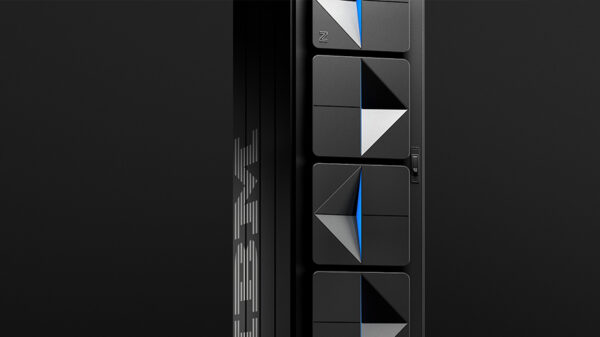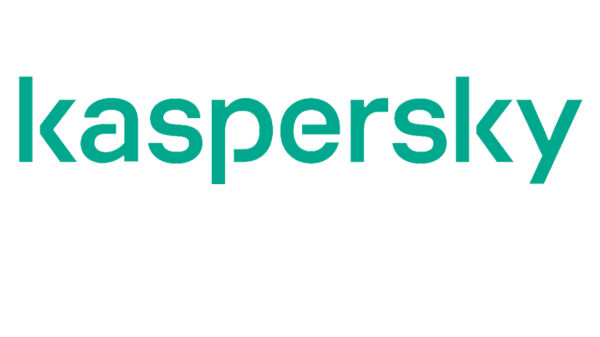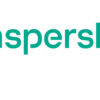“Security is always changing,” stated Amar Mehta, Head of Cyberoam Asia Pacific, when asked to describe the security landscape in the Philippines. In a meeting with the press recently, Mehta also stressed the need for, and importance of, security in the enterprise especially now that security risks and cyber attacks are of increasing concerns.
He also emphasized that businesses, including government organizations, which implement the latest technology trends like BYOD (bring-your-own-device), and Internet broadband, must be prepared for emerging security risks in their networks. This situation, which demands for a rapid network connection, leads to an increased need for higher performance security solutions.

Amar Mehta (right), Head of Cyberoam Asia Pacific, discusses the User Threat Quotient capability of Cyberoam firewall and unified threat management (UTM) appliances, which aims to help IT managers detect high-risk users that pose threat to the business network. With Mehta in photo is Jitendra Bulani, marketing manager for Cyberoam Asia Pacific.
In response to this requirement, network security appliance provider Cyberoam has launched the User Threat Quotient (UTQ), a unique capability of its products to help IT security managers determine risky user’s behavior that pose security risks in the network with ease.
UTQ, which is available on Cyberoam’s next-generation firewall and UTM (unified threat management) appliances, studies the Web behavior of users by analyzing massive data of allowed and denied Web traffic for Web categories like IP Address, P2P, phishing and fraud, porn, spam URL, spyware, URL translation sites and more that pose security and legal risks.
“With the evolution of IT and network security, organizations must be able to adapt and keep pace with cyber defense strategies. Else, they will suffer from the expensive impact of losing controls over their network security. Cyberoam’s UTQ technology eliminates the need for enterprises, particularly in the SMB sector, to invest in separate security tools just to address this concern,” said Mehta.
It was proven that network users are the weakest link in the security chain and patterns of human behavior can be used to predict and prevent attacks. Besides, enterprises and security managers are using big data analytics tools to capture early signs of specific user actions or network event patterns that may hint at a possible ongoing attacks or anomaly.
“With the lack of actionable security data, enterprise security teams find it hard to detect risk-prone user behavior on time. Our new UTQ feature will help security officers to effortlessly profile the suspicious Web behavior of network users,” Mehta said.
UTQ extends Cyberoam’s innovation of Layer-8 technology in user-identity focused security to continue bridging the gaps where many security paradigms fall short in combating insider threats and user-triggered risks.
UTQ helps Chief Security Officers (CSOs)/ IT Security Managers through the following: (1) spotting risky users based on their Web behavior at a glance without manual efforts; (2) removing complexity in analyzing terabytes of logs to identify suspicious or risk-prone user behavior; (3) eliminating the need for SMBs to invest in separate SIEM tools to spot risky users; (4) enabling investigation into the spread of risk within the network; and (5) facilitating corrective actions to fine-tune user policies.
















































































































